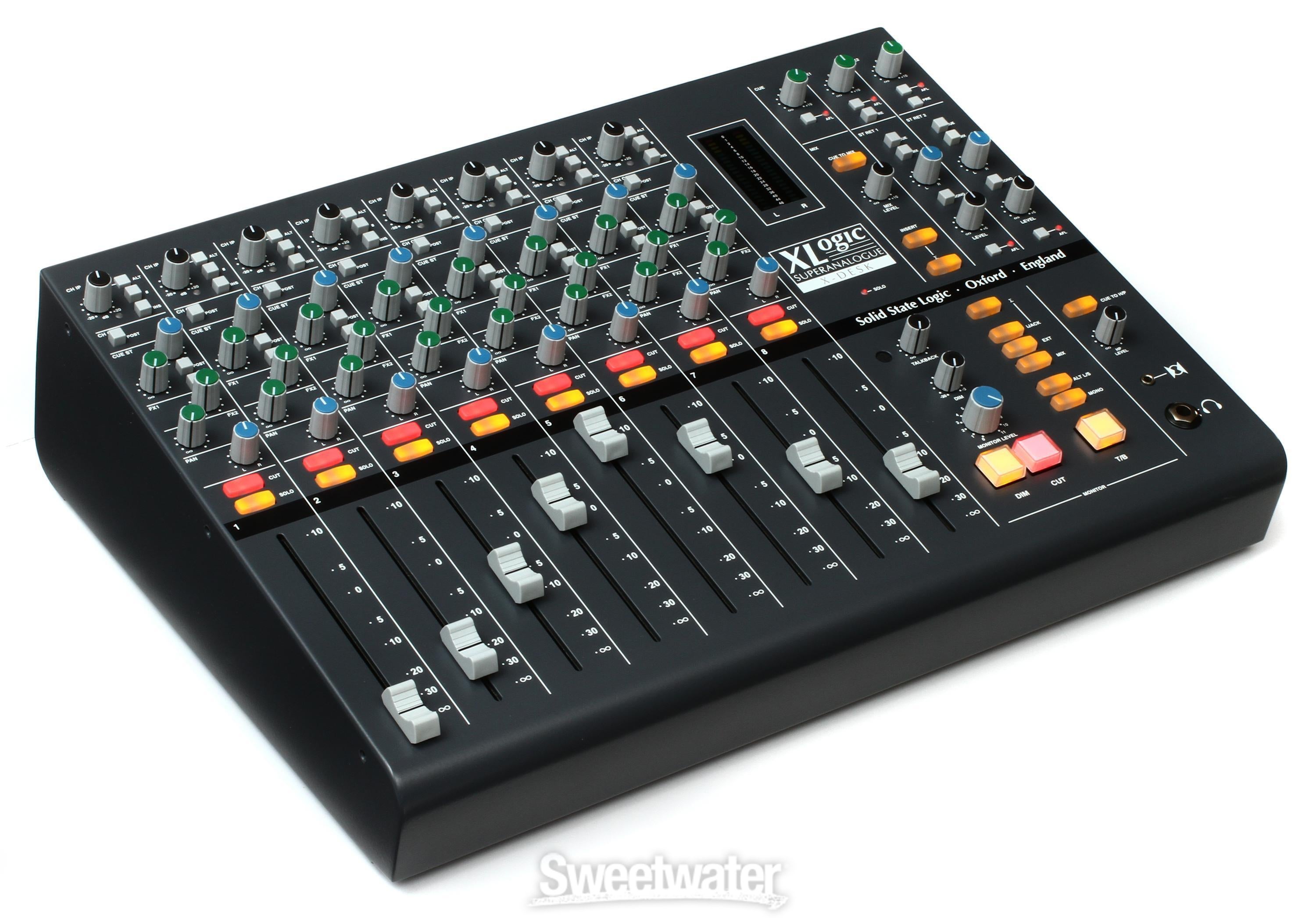OK....my latest goofy packaging ideas.....
Side cheeks are a pair of aluminum plates with a wedge/trapezoid profile. I mentioned 1/4" thickness, 1/8" is probably OK (thicker might "look better" at a casual glance?) 6061 seems standard.
I'm fascinated by the synth boys' Eurorack components like the module mounting rails, which offer many length alternatives compared to the standard DIN rail lengths.
OK, four rails going left to right, to hold the modules in place and partially tie the side cheeks together.
Everybody sit down on your fainting couch and have your smelling salts ready. Length of the rails?
95 HP. WHAT???? Well that is 19". Where do we get those? Many places sell cut-to-length rails, such as:
https://modularsynthlab.com/product/custom-size-eurorack-rails-silver-cut-to-length/?v=0b3b97fa6688
But, but...that is not an even number!! Who cares? The module panels have to be custom made anyway. So you can have 8 channel modules with an identical width (8HP/1.6"? 9HP/1.9"? etc.) and whatever is left over is used for the master control module.
In fact, the height of the module panels doesn't have to be 2/3/4/5..... RU tall. This is a custom frame.
Rear panel with the connectors is a standard rack panel...2? 3? RU tall.
Bottom plate is another rack panel....however many RU tall, as required. Rubber feet to raise this contraption above the table.
The vertical front edge plate ("below" the faders) is a 1 RU panel.
How to attach those three rack panels to the side cheeks? While I've used standard rack rails (L-shaped steel with a bazillion holes drilled and tapped at proper rack spacing) inside custom wooden "furniture" racks, the short lengths required here probably don't exist. So, standard L-brackets from McMaster-Carr, Home Depot, Lowe's, etc.
If needed for additional cheek to cheek bracing (to avoid a chassis shape turning into a 3-D parallelogram! lol) something like this attached to the cheeks with L-brackets:
https://www.legrandav.com/products/...le_management/lbp_horizontal_lacer_bar/lbp-1a
Cosmetics.... The 1 RU panel along the front is quite visible. I've seen blanks with only a single mount hole on each side, but whatever. 6061 blank rack panels are available unpainted. The side cheeks and that 1 RU panel can be left naked, painted, anodized, powder coated, covered with contact paper (LOL).
The "joints " at the edge of top of the upper modules and the bottom edge of the fader module plate(s) where they intersect with the chassis is yet to be determined.
So, custom metal parts:
1. Side cheeks. From a machine shop.
2. Custom length 95 HP rails. From a synth Eurorack vendor.
3. Module face plates. Maybe PC board panels as discussed at various points on this page?
https://groupdiy.com/threads/metal-work-for-500-series.89714/post-1185733
4. Rear plate for connectors. Standard 19" blank with holes. Drill it yourself, Front Panel Express, whatever.
Bri







































